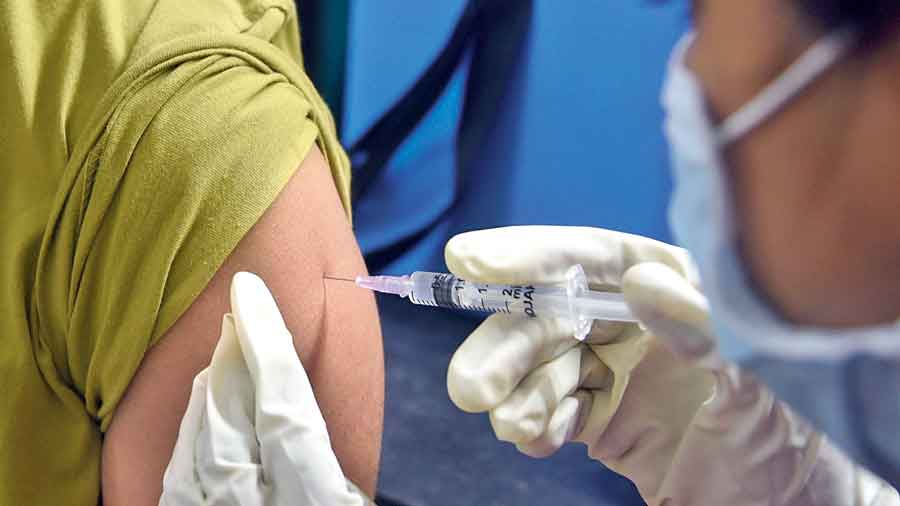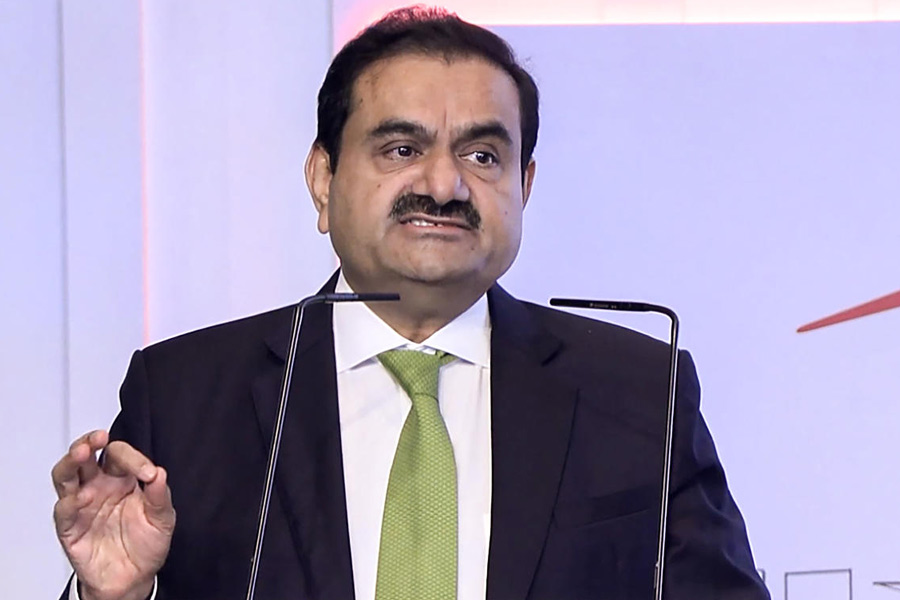A non-surgical procedure called nerve hydrodissection can provide long-term relief to patients with carpal tunnel syndrome, a painful disorder of the hand and arm, Indian medical researchers said on Wednesday.
The researchers at the University College of Medical Sciences (UCMS), New Delhi, have shown that hydrodissection — a 15-minute procedure that involves injecting saline into a nerve to separate it from surrounding tissue — provided pain relief to patients for up to six months.
The UCMS findings, to be presented at the annual conference of the Radiological Society of North America on Wednesday, assume significance amid what some doctors say is lingering uncertainty over the efficacy of hydrodissection in carpal tunnel syndrome.
Carpal tunnel syndrome results from the median nerves and tendons inside the carpal tunnel — the narrow passageway from the forearm to the palm — being pressed or squeezed at the wrist. Studies in the US suggest that three in 100 people have carpal tunnel pain.
Doctors often prescribe surgery to treat carpal tunnel syndrome when non-surgical treatment such as physical therapy or corticosteroid injections fail to relieve the pain. The most common surgical solution involves cutting the carpal ligament through an incision on the wrist to reduce pressure on the nerve.
“It was a surprise when this simple ultrasound-guided hydrodissection procedure provided patients with longterm relief,” said Anupama Tandon, a professor in radiology at the UCMS and the Guru Tegh Bahadur Hospital.
Doctors have used hydrodissection to treat carpal tunnel syndrome for more than a decade but amid lack of adequate evidence, the procedure has not emerged as standard practice yet.
A rehabilitation medicine specialist, Edmund Neo Jin Rui at the Changi General Hospital in Singapore, and his colleagues had after a systematic review of the topic earlier this year underscored that “it is unclear” whether hydrodissection truly causes improvements in outcomes for patients.
Tandon and her colleagues divided 63 patients into three groups — one group received hydrodissection with saline, the second received hydrodissection with a mixture of corticosteroid and saline, the third received corticosteroid injections.
After three months and six months, patients who had received hydrodissection showed improvement while those who had received corticosteroid injections reported a recurrence of the symptoms. Patients who received hydrodissection showed over 40 per cent reduction in the median nerve cross-section area while those who had received corticosteroid injections showed an11 per cent reduction.
The ultrasound-guided hydrodissection of the median nerve provided “significant and persistent” clinical improvement, the researchers said in their study. “The addition of the steroid in the injection did not offer any significant benefit, indicating that the therapeutic effect was primarily due to the hydrodissection.”











